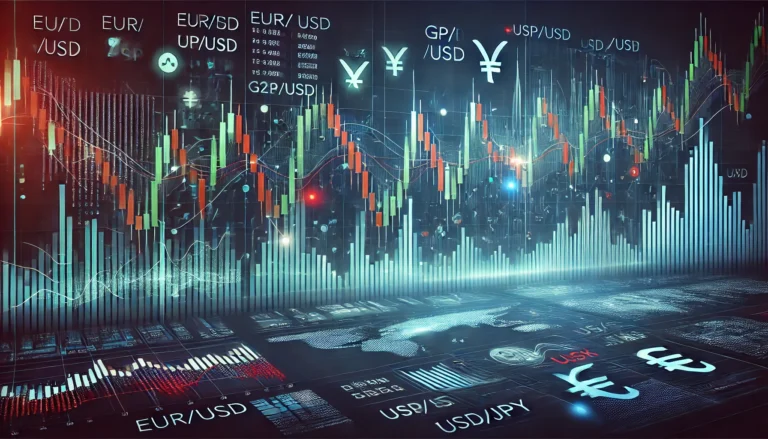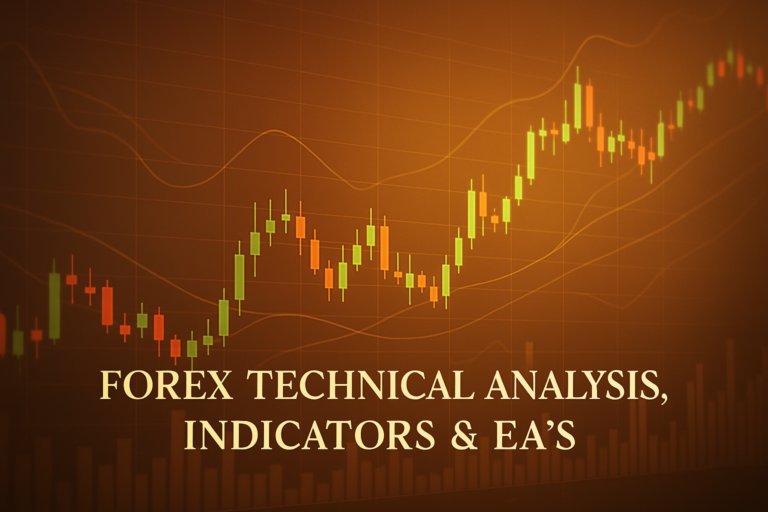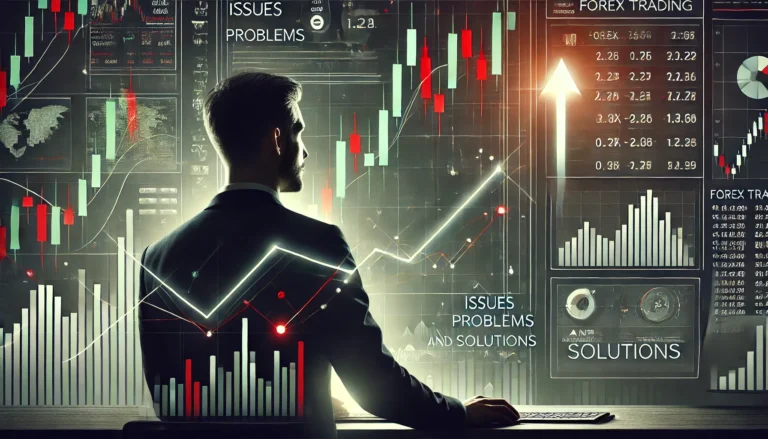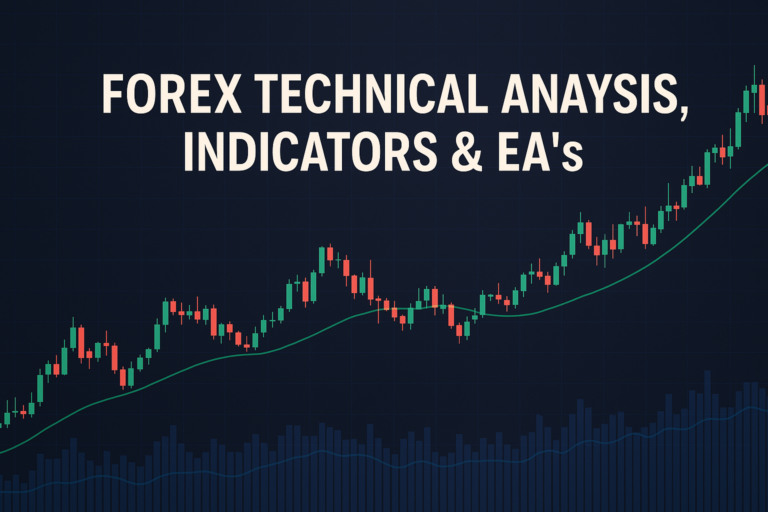
The forex business is a vibrant world where currencies are traded daily, affecting economies and individuals alike. In simple terms, it’s about buying one currency while selling another. This trading happens in the foreign exchange market, which is the largest financial market in the world. Traders, whether beginners or professionals, often find themselves overwhelmed by the complexity of forex trading. They face challenges in understanding market movements, strategies, and the factors that influence currency values.
Many traders struggle because they lack a clear understanding of how to navigate the forex business. They may have ideas but often don’t know how to implement them effectively. This leads to confusion and frustration, which can be avoided with proper knowledge and practice. Understanding the forex business is essential for traders to maximize their potential and minimize losses.
Understanding the Forex Business
The forex business revolves around the exchange of currencies, but many traders encounter issues that can hinder their success. One common problem is the unpredictability of market movements. Prices can change rapidly due to various factors, including economic data releases, geopolitical events, and market sentiment. When traders fail to grasp these elements, they may find themselves making poor trading decisions.
For instance, consider a trader who invests in the Euro against the US Dollar. If the European Central Bank announces a rate hike unexpectedly, the Euro may soar. However, if the market was already anticipating such news, the price might fall instead. This could leave the trader confused and frustrated, as their expectations did not match reality. Understanding these dynamics is crucial for anyone involved in the forex business.
Pro’s and Con’s for Forex Business
When diving into the forex business, it’s essential to weigh the pros and cons. For pro traders, there are quick strategies that can help mitigate risks. However, beginners should take a more detailed approach. Here’s a breakdown:
Pros of Forex Trading
- Liquidity: The forex market is highly liquid, meaning you can buy or sell currencies quickly without impacting the price significantly.
- Accessibility: Forex trading is accessible to anyone with an internet connection, allowing for global participation.
- Leverage: Traders can use leverage to trade larger positions than their actual capital, amplifying potential profits.
Cons of Forex Trading
- Risk of Loss: High leverage can lead to significant losses if trades do not go as planned.
- Market Volatility: Sudden market changes can result in rapid losses, especially for unprepared traders.
- Information Overload: The vast amount of market data and analysis can be overwhelming, leading to confusion.
To navigate these challenges, here are some solutions:
- Educate Yourself: Invest time in learning about market trends and trading strategies.
- Practice with a Demo Account: Use demo accounts to build confidence without risking real money.
- Set Stop-Loss Orders: These orders can help limit potential losses on trades.
Pro Tips & Warnings for Advanced Traders
Advanced traders should be aware of market sentiment and news releases. They should always have a plan in place and avoid trading based solely on emotions. Keep an eye on economic indicators, as these can greatly influence currency values.
Frequently Asked Questions
1. What is the forex business?
The forex business involves trading currencies in the foreign exchange market. Traders buy one currency while selling another, hoping to profit from changes in exchange rates. For example, if you believe the Euro will strengthen against the US Dollar, you would buy Euros and sell Dollars.
2. How do I start in the forex business?
To start in the forex business, choose a reliable forex broker and open a trading account. It’s essential to educate yourself about forex trading strategies and market analysis. Begin with a demo account to practice before risking real money.
3. What are the risks involved in forex trading?
The forex business carries risks such as market volatility, potential losses from leverage, and psychological stress. Traders can mitigate these risks by educating themselves, practicing proper risk management, and staying informed about market conditions.
4. How can I improve my trading strategies?
Improving trading strategies involves continuous learning, backtesting strategies, and analyzing past trades. Keeping a trading journal can also help identify strengths and weaknesses in your approach.
5. Is forex trading suitable for everyone?
While anyone can participate in the forex business, it may not be suitable for everyone. Those who cannot handle risks or are not willing to invest time in learning may struggle. It’s essential to assess your financial situation and risk tolerance before diving in.
6. What is leverage in forex trading?
Leverage allows traders to control larger positions with a smaller amount of capital. For example, with a 100:1 leverage, you can control $100,000 with just $1,000. While it can amplify profits, it also increases the potential for significant losses.
7. How do I choose a forex broker?
When choosing a forex broker, consider factors such as regulation, trading fees, customer service, and the trading platform’s usability. Research reviews and compare different brokers to find one that meets your needs.
Conclusion
In summary, the forex business is a dynamic environment full of opportunities and challenges. Understanding key concepts and applying effective strategies can help traders navigate this complex market. Remember, with the right knowledge and practice, you can manage risks and improve your trading outcomes.
Stay curious and keep learning! The more you know about the forex business, the better equipped you’ll be to make informed trading decisions.
Recommended Next Steps
To further your knowledge in the forex business, consider these steps:
- Enroll in an online forex trading course.
- Join a forex trading community to share experiences and insights.
- Read books and articles on trading strategies and market analysis.
For more insights into forex trading, check out Investopedia and Forex Factory.
The forex business involves trading currencies, requiring knowledge and strategy for success.
Expand Your Knowledge
- 📌 Forex Trading Learning Road Map
- 📌 Forex Trading Course with no Fees
- 📌 Forex Trading Issues, Problems, and Solutions
- 📌 Forex Daily Forecast & Live Updates
- 📌 Forex Fundamental & News Analysis: Tomorrow’s Market Movers & Trade Opportunities
- 📌 Forex Education Hub: Learn & Profit
- 📌 Forex Technical Analysis, Indicators & EA’s
Start Trading Today
Ready to take your forex trading to the next level? Open an account with Exness, one of the most trusted platforms in the industry. 👉 Sign Up Now and start trading with confidence!
Exness stands out with ultra-low spreads for mini traders, instant withdrawals, and zero spread accounts for pro traders. Trusted since 2008, Exness offers lightning-fast execution, no hidden fees, and a secure, transparent trading environment—giving you the edge you need to succeed. 🚀 Join now and trade smarter!
Watch this helpful video to better understand forex business:
Note: The video above is embedded from YouTube and is the property of its original creator. We do not own or take responsibility for the content or opinions expressed in the video.
In this Two-Minute Tuesday episode, the host, Artie, introduces viewers to the basics of Forex trading, which stands for foreign exchange. Forex involves exchanging your local currency for a foreign currency. The simplest way to understand this concept is through real-life examples, such as traveling abroad. For instance, when someone visits Mexico from the United States, they will exchange U.S. dollars for Mexican pesos at a currency exchange kiosk at the airport. Currently, the exchange rate is about 20 pesos for every dollar. This means that if you exchange $100, you will receive 2,000 pesos. This simple concept lays the foundation for understanding how Forex trading works. Artie also highlights how exchange rates have changed over time, noting that when he was younger, the rate was 1 to 10, showing how currency values fluctuate over time.
As the episode progresses, Artie dives deeper into trading mechanics using the euro and U.S. dollar as an example, illustrating how currency pairs work. The euro to U.S. dollar exchange rate is currently around 1.13, meaning it costs $1.13 to buy one euro. When trading in Forex, the standard lot size is 100,000 units. To trade one standard lot of the euro against the dollar, you would need $113,000. If the exchange rate increases, even by a small margin, the trader can make a profit by selling at a higher price. However, Artie emphasizes the risks involved, as currency values can also decrease, leading to potential losses. He advises aspiring traders to gain a solid understanding of technical and fundamental analysis and to spend time practicing before diving into real trading. For those interested in learning more about technical analysis, Artie provides a beginner playlist. The episode concludes with a reminder to like, comment, and subscribe for more insightful content on day trading.





